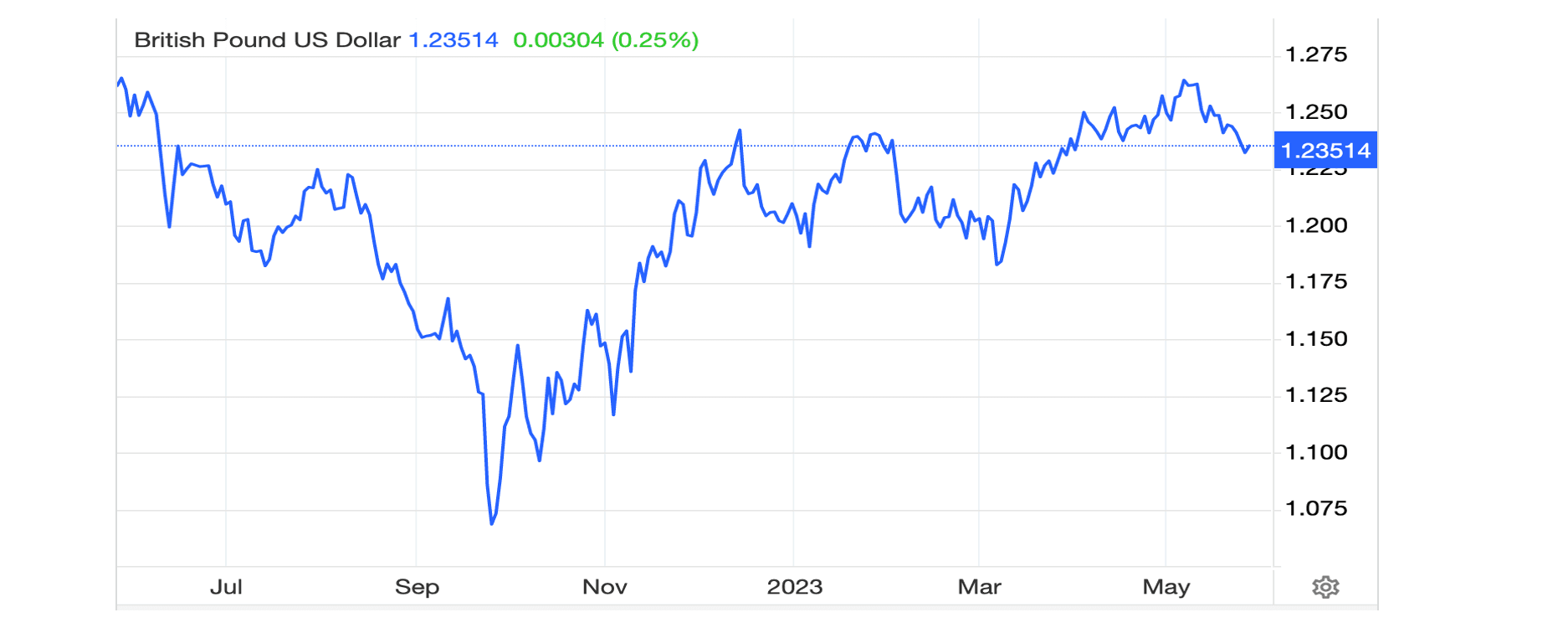June contract expiry approaches
May 26, 2023·Alasdair Macleod
Gold and silver fell sharply ahead of the Comex June contracts expiry, whose first notice day is next Wednesday. Gold fell $23 from last Friday’s close to trade at $1954 in European trade this morning, and silver was down 68 cents at $23.12 on the same timescale.
End-of-month declines in futures prices are almost as predictable as sunsets because the shorts (predominantly the establishment market makers and bullion desk traders) work together to reduce their positions. From 15 May when speculators, predominantly hedge funds, were maximum bullish gold’s Open Interest has contracted by 66,995 contracts. That’s a positional profit for the shorts of $435m.
This month has also seen significant contract deliveries, 15.81 tonnes in gold, and 240 tonnes of silver.
Working in favour for the shorts has been a rally in the dollar’s TWI, encouraging the buy dollar/sell gold trade. This is our next chart.

Having threatened to break below the 100 level, a reasonable technical rally has developed which is still playing out. This explains why gold and silver futures traders are becoming increasingly cautious over price prospects. Additionally, bond yields are rallying again, which suggests the interest rate penalty for holding precious metals is increasing. Our next chart shows 10-year yields for US Treasury bonds, and for sterling gilts.

It was rising bond yields that triggered a crisis among the US’s regional banks, and these pressures are returning. World-wide, the story is the same, which in the short-term may be encouraging international portfolio investors to buy dollars, selling other currencies.
Clearly, this is turning out to be very dangerous for holders of sterling, with the 10-year gilt yield returning to the crisis levels of last October, which led to the collapse of the Truss premiership. Our next chart is of sterling.

So far, it looks fairly innocuous. But traders are only just beginning to notice a developing interest rate crisis and their concerns are likely to deepen. Furthermore, those of us with long memories remember how multiple sterling crises developed in the 1970s, and will be refreshing our memories.
The first thing to observe is that the last time the 10-year gilt yield soared over 4%, it was accompanied by a fall in sterling against the US dollar, taking it down from 1.2200 to 1.0700, a fall of 12.3%. If that was replicated today and all else being equal, gold priced in pounds would rise from £1580 per ounce to £1801. Sterling-based holders of gold, who represent a significant proportion of Goldmoney customers would see their gold do what it is designed to do — protect them against fiat currency volatility and loss of purchasing power.
But all else is never equal, and while short-term traders based in dollars may be pessimistic for gold and silver prices as US interest rates and bond yields continue to rise, the threats to the US and global banking systems are returning to dangerous levels. Even for them, physical gold and silver will ultimately prove to be the safest of safe havens.
